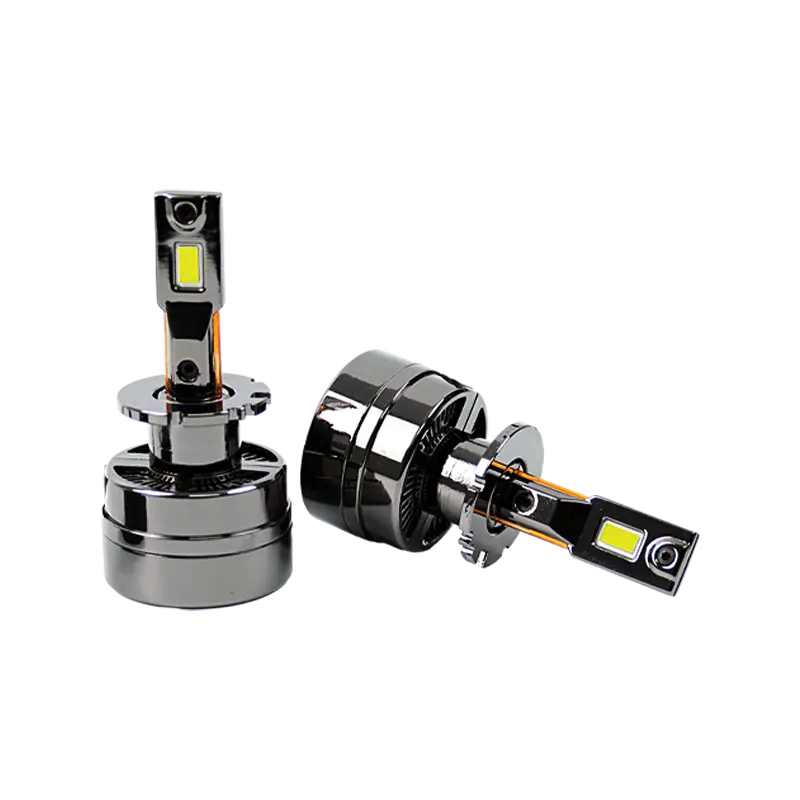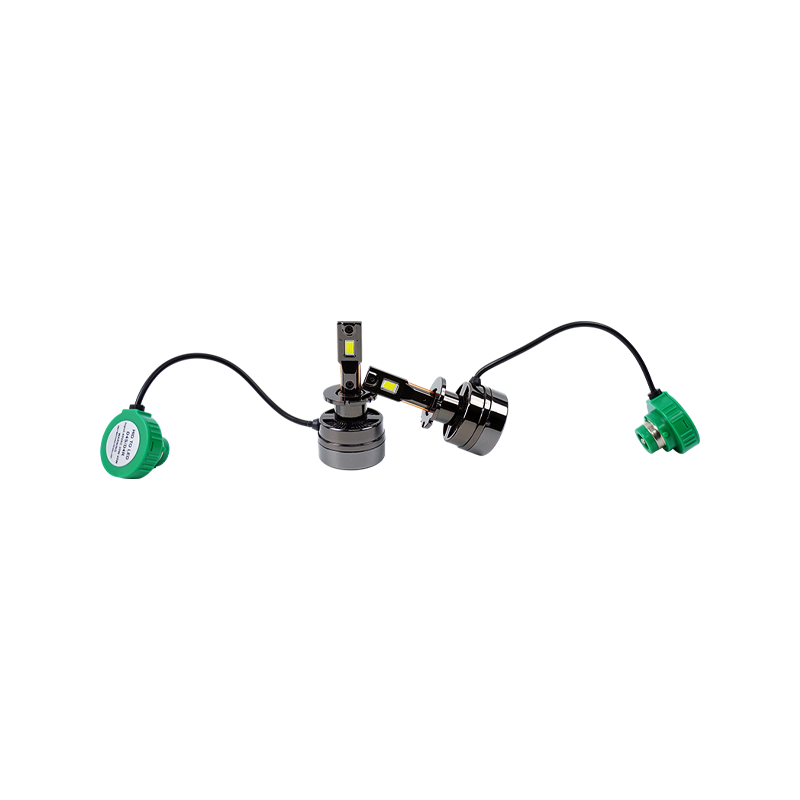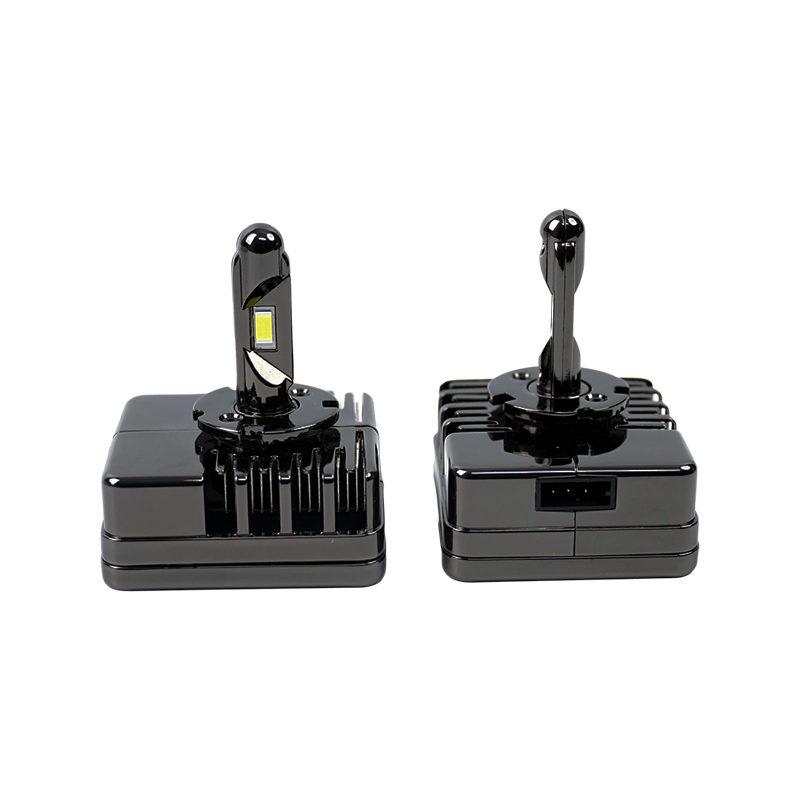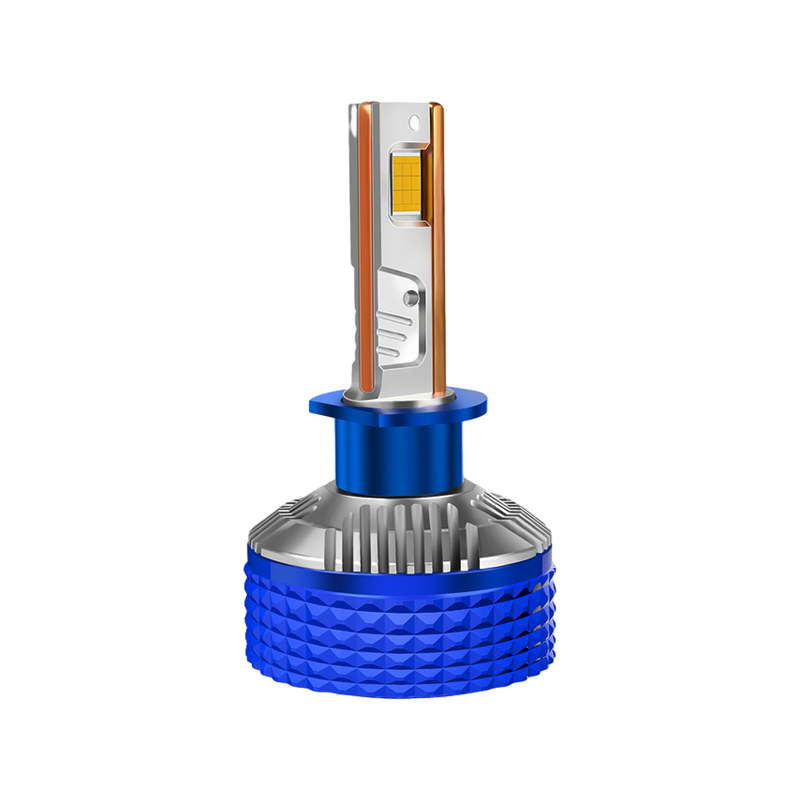Among the many components of a projector, the ABS projector lens cover may seem small, but it plays an indispensable role. It not only provides physical protection for the projector lens, but its performance is also directly related to the service life and projection effect of the projector. Among the many factors that improve the performance of the ABS projector lens cover, the surface treatment process, especially the chrome plating, plays a vital sublimation role.
ABS, or acrylonitrile-butadiene-styrene copolymer, is itself a thermoplastic with comprehensive performance. It is chemically stable due to acrylonitrile, butadiene brings good toughness, and styrene adds gloss. The perfect polymerization of the three makes ABS material have certain impact resistance and processing performance, making it an ideal substrate for making projector lens covers. However, despite the good basic performance of ABS material, it still faces many challenges from external factors during long-term use.
Oxygen in the air will slowly oxidize ABS material, causing its surface to gradually age and discolor; moisture is even more pervasive, which may cause the material to hydrolyze and reduce its mechanical properties. In addition, physical effects such as friction and collision in daily use can also cause damage to the lens cover. At this time, the surface treatment process is particularly critical, and chrome plating is one of the most popular methods.
Chrome plating is based on the principle of electrolysis. During the chrome plating process, the ABS projector lens cover is used as the cathode and placed in an electrolyte containing chromium salts. When the current passes through the electrolyte, the chromium ions move to the cathode under the action of the electric field, and obtain electrons on the surface of the lens cover, depositing to form a chrome plating layer. This seemingly simple process actually requires precise control of multiple process parameters.
The first is the composition of the electrolyte. Chromium salt solutions of different concentrations and ratios will have a significant impact on the quality of the chrome plating layer. For example, the concentration of chromic acid must be precisely controlled. Too high or too low a concentration will cause problems such as uneven thickness and poor gloss in the chrome plating layer. The second is current density and temperature. Appropriate current density can ensure that the deposition rate of chromium ions is uniform and stable. Too high current density may cause defects such as roughness and burning in the chrome plating layer. Temperature will affect the conductivity of the electrolyte and the activity of chromium ions, which in turn affects the quality of the chrome plating layer. Generally speaking, a chrome plating layer with performance can be obtained within a specific temperature range.
The chrome plating layer gives the ABS projector lens cover a bright appearance. The chrome plating layer itself has high reflectivity and mirror gloss, which can make the lens cover more visually beautiful and enhance the overall ornamental value of the projector. This is undoubtedly an important plus for modern consumers who pay attention to product appearance design.
But the role of the chrome plating layer is far more than that. More importantly, it greatly improves the wear resistance of the lens cover. In daily use, the lens cover may rub against surrounding objects, such as contact with other equipment or tools during the installation and transportation of the projector. The surface hardness of ordinary ABS materials is limited and easily scratched, while the chrome plating layer has a high hardness and can effectively resist the damage caused by such friction and maintain the integrity of the lens cover surface.
The corrosion resistance of the chrome plating layer provides a strong guarantee for the ABS projector lens cover to resist external erosion. In a humid environment, the chrome plating layer can effectively block the contact between water vapor and ABS materials, preventing the material from being damaged by hydrolysis; in an environment containing corrosive gases, the chrome plating layer can also play a barrier role to prevent the gas from corroding the material. This enables the projector lens cover to maintain good performance and extend its service life in various complex use environments.
In addition, the chrome plating layer also has a certain chemical stability. It is not easy to react with common chemicals, which further enhances the lens cover's resistance to chemical corrosion. For example, in some indoor environments where trace chemical pollutants may exist, the chrome-plated lens cover can still remain stable, ensuring that the projector lens is continuously and effectively protected.

 English
English Español
Español عربى
عربى русский
русский












